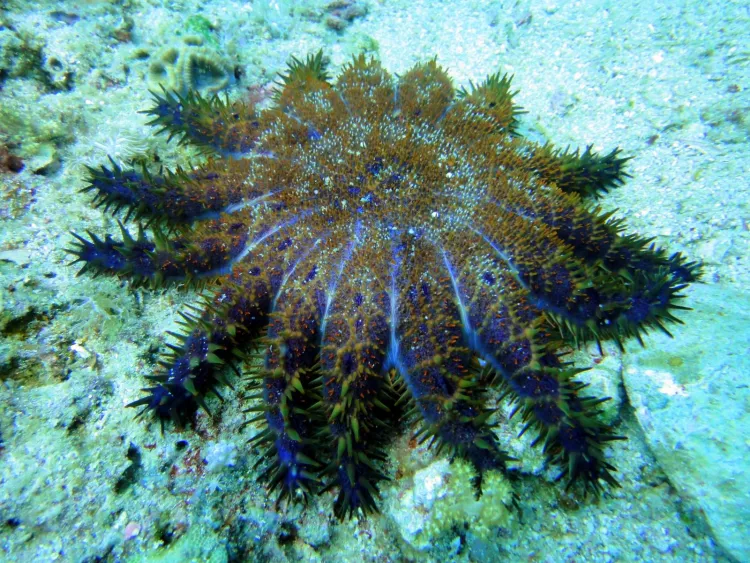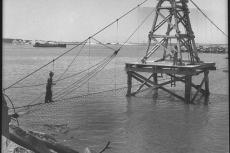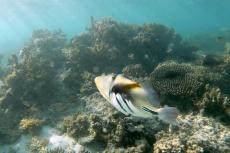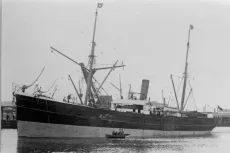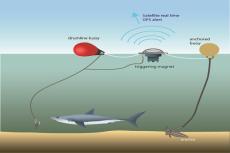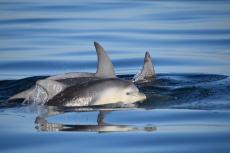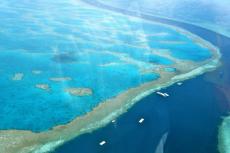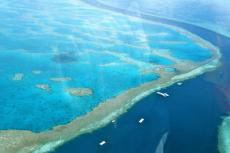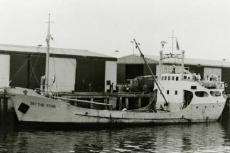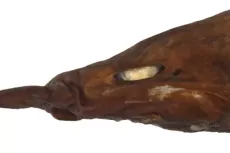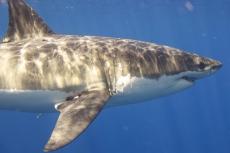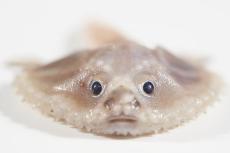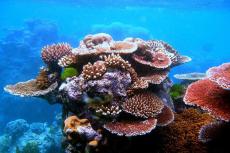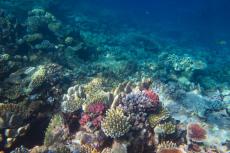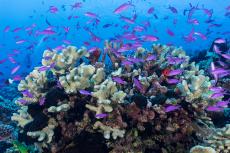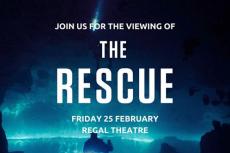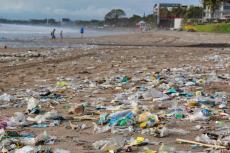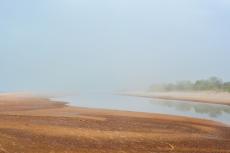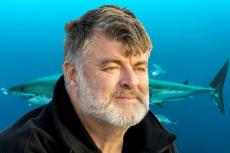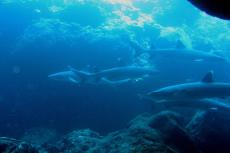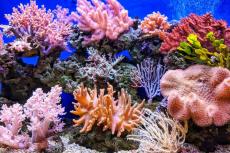New test to detect crown-of-thorns starfish
A study describes a new test that can better detect the presence of the dreaded crown-of-thorns starfish.
Outbreaks of crown-of-thorns starfish (CoTS) are bad news for coral reefs, so it is essential that they are detected and dealt with as soon as possible.
But detecting an outbreak in its early stages is not easy. What’s more, they sometimes hide under coral plates, while the younger ones can be as small as just a few millimetres.
To counter this, the researchers at the Australian Institute of Marine Science (AIMS) developed a new test to detect the presence of the starfish on coral reefs.
"Organisms leave a genetic shadow wherever they go, so we use the genetic shadow of CoTS in seawater to flag the presence of both adults and babies," said AIMS biochemist Jason Doyle. He is the lead author of a paper on the findings, which was published in the Environmental DNA journal.
According to the press release, the dipstick test measures the specific DNA that CoTS release into the seawater. It can measure very low amounts of the starfish’s DNA (down to 0.1 pictograms). To develop the device, the researchers adapted an off-the-shelf dipstick and a technology called Lateral Flow Assay (LFA) to detect the DNA in marine environments.
They then ran the test on seawater samples from Lizard Island, north of Cairns, and Elizabeth Reef, north of Mackay, and detected the starfish's DNA where traditional survey methods did not find any of the animals.
Mr Doyle emphasised that the new test was not an alternative to current survey methods but would enhance their cost effectiveness.
He explained, “We see it as a way to raise the red flag so we know there's probably a good reason to get people in the water in this spot, but not that spot over there, maximising the use of resources such as divers, boats and other infrastructure."
- Log in to post comments


